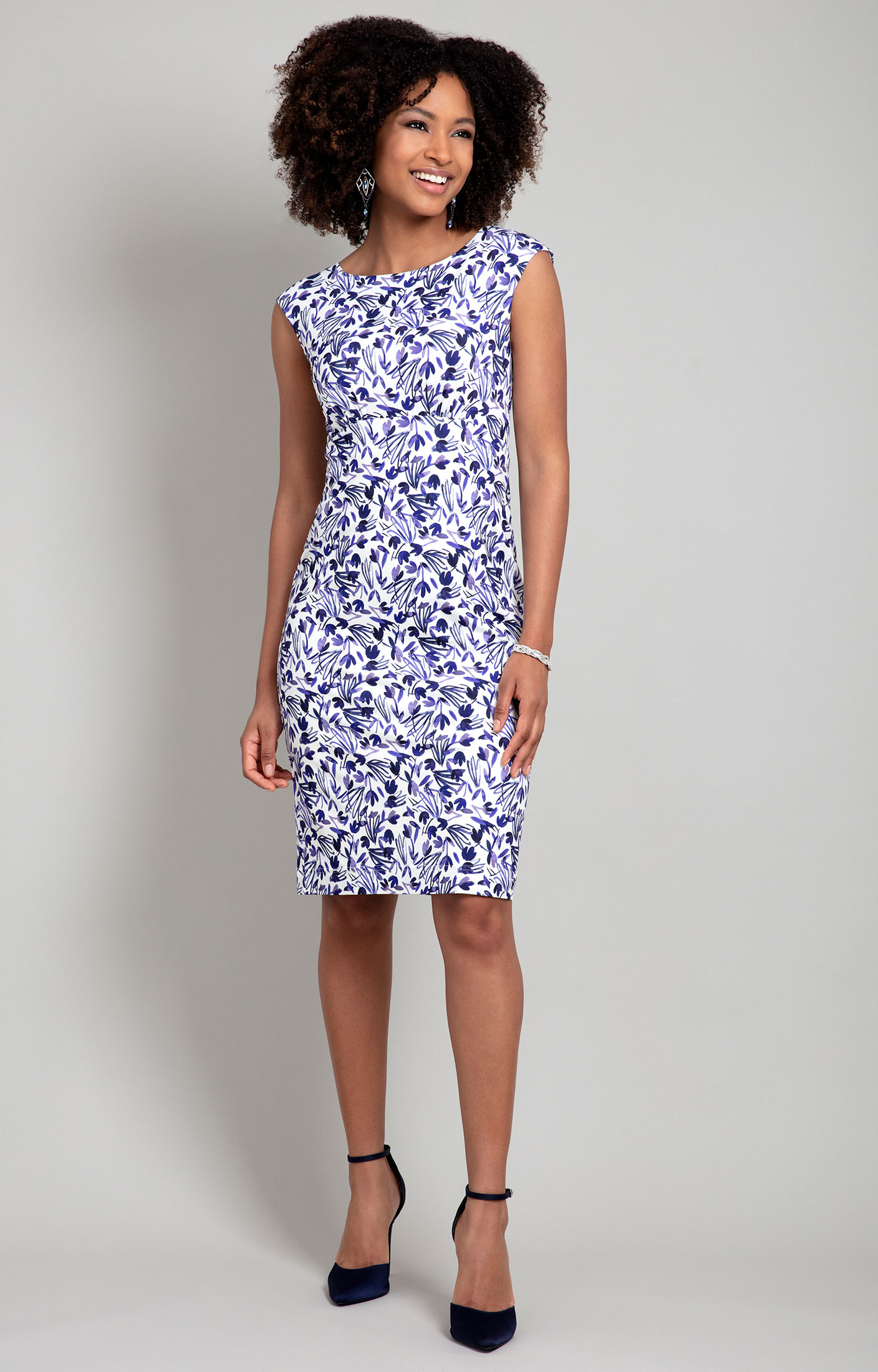Effortless Style: The Ultimate Guide to Shift Dresses for Every Season
Shift dresses have long been celebrated as a cornerstone of versatile fashion, offering a blend of comfort and elegance that transcends seasonal trends. In this guide, we delve into how these timeless pieces can adapt to any climate, providing objective insights and practical advice to enhance your wardrobe. Drawing from authoritative sources and expert opinions, we explore the science behind fabric choices, design elements, and styling techniques that make shift dresses a perennial favorite.
The History and Evolution of Shift Dresses
Originating in the 1920s, shift dresses emerged as a symbol of women’s liberation, moving away from restrictive corsets to loose, straight-cut silhouettes. According to the Victoria and Albert Museum, this design was popularized by designers like Coco Chanel, who emphasized freedom of movement. Over decades, shift dresses evolved, incorporating elements from various cultural movements, such as the mod styles of the 1960s, which featured bold patterns and shorter hemlines. Scientific studies on textile history, like those from the University of Fashion, highlight how these dresses adapted to societal changes, using materials that balanced aesthetics with functionality. For instance, the shift to synthetic blends in the 1970s, as noted in Wikipedia’s entry on fashion history, improved durability and ease of care, making shift dresses accessible to a broader audience. Today, they remain a staple, reflecting a legacy of innovation and inclusivity in fashion.

Fabric Science: Choosing the Right Material for Each Season
Selecting the appropriate fabric for a shift dress is crucial for seasonal comfort, rooted in textile science. In winter, wool or wool-blend shift dresses provide insulation due to their natural fibers, which trap air and retain body heat, as explained by the Textile Institute. Conversely, summer calls for breathable materials like cotton or linen, which facilitate moisture-wicking and ventilation, reducing the risk of overheating—a point supported by research from the Massachusetts Institute of Technology on fabric properties. For transitional seasons, blends such as polyester-cotton offer versatility, balancing warmth and breathability. Quora discussions often cite celebrity stylists like Rachel Zoe, who advocate for fabric adaptability in shift dresses to maintain elegance without compromising comfort. By understanding these scientific principles, you can make informed choices that align with climate demands, ensuring your shift dress not only looks stylish but also feels comfortable year-round.
Styling Techniques for Seasonal Adaptability
Mastering the art of styling shift dresses involves layering and accessorizing to suit different weather conditions. In colder months, pair a sleeveless shift dress with tights, boots, and a tailored coat, as recommended by fashion experts on YouTube channels like “The Style Insider.” This approach not only adds warmth but also creates visual depth, drawing from color theory principles where contrasting elements enhance appeal. During spring or autumn, lightweight cardigans or denim jackets can transform the dress, allowing for easy adjustments as temperatures fluctuate. Well-known websites such as Vogue often feature insights from designers like Diane von Furstenberg, who emphasize the dress’s versatility in creating multiple outfits from a single piece. By incorporating scarves or statement jewelry, you can personalize your look while adhering to practical needs, making the shift dress a dynamic component of your seasonal wardrobe.

Color and Pattern Psychology in Shift Dresses
The colors and patterns of shift dresses play a significant role in seasonal appropriateness, influenced by psychological and environmental factors. Darker hues like navy or black, often associated with winter, absorb heat and convey sophistication, as noted in studies from the Pantone Color Institute. In contrast, bright patterns and pastels dominate summer collections, reflecting sunlight and evoking a sense of freshness—a concept supported by research in environmental psychology from Stanford University. Books such as “The Psychology of Fashion” by Carolyn Mair discuss how patterns like florals or geometrics can impact perception, with shift dresses serving as a canvas for self-expression. By aligning your choices with seasonal color palettes, you can enhance both the aesthetic and functional aspects of your attire, ensuring your shift dresses remain relevant and uplifting throughout the year.
Ultimately, shift dresses embody a fusion of history, science, and personal style, offering endless possibilities for every season. Embrace their simplicity and adaptability to craft a wardrobe that is both practical and inspiring.








